As I start working in swift, I am curious in memory mgmt. As we all know that during any object creation or assignment of data into that object it takes memory. How can we check that a particular object has released the memory. I used xcode memory report to see memory status and fluctuations.
Here is a sample of images:
How can release memory if I already set nil into the objects.

